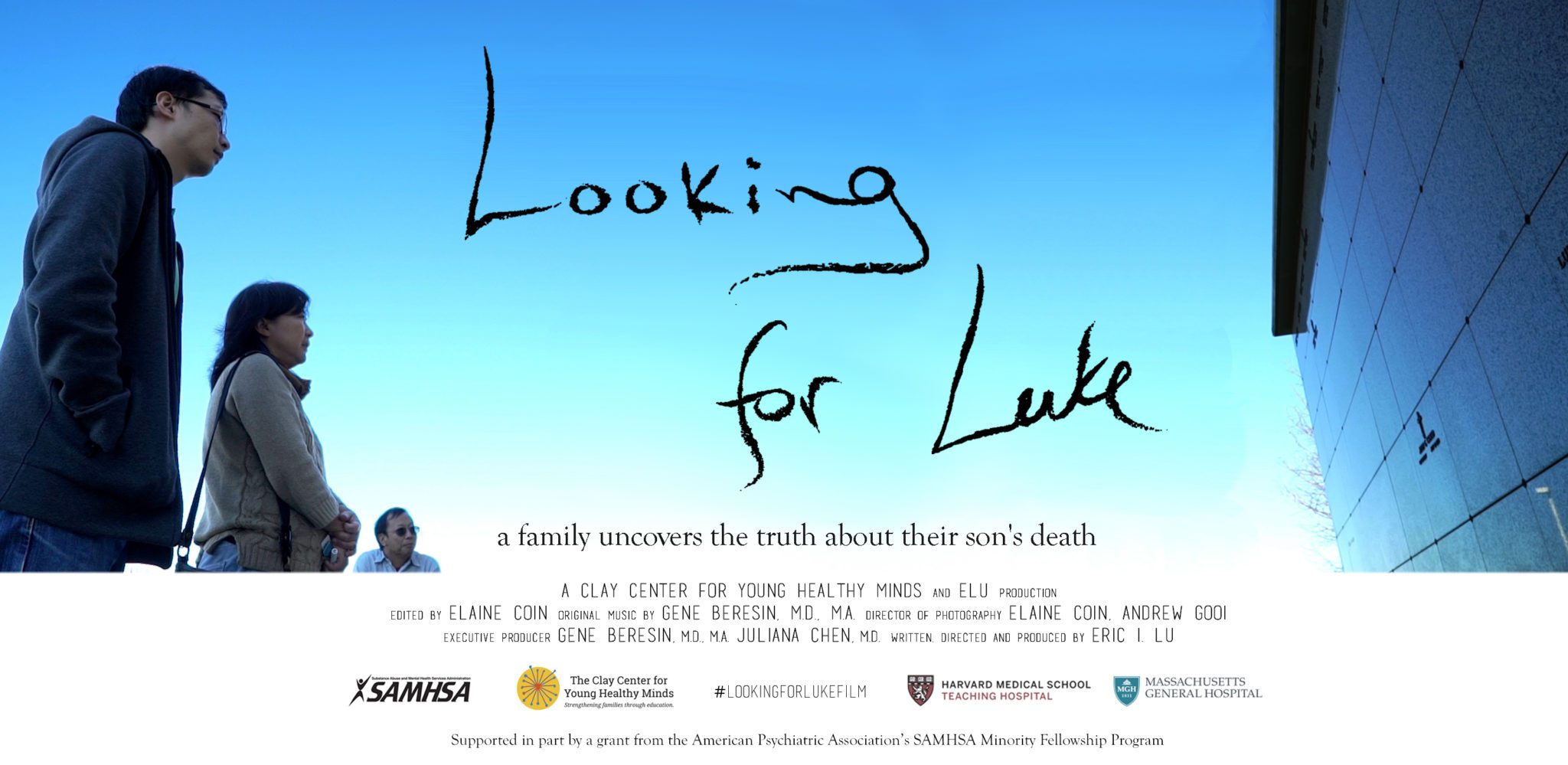Articles containing: LFL
Using the Power of Narrative to #StopSuicide

Increasing public awareness of suicide is not an easy task. To truly grapple with the issue, we have to face some difficult and painful feelings. For these reasons, when we at the Clay Center collaborated to tell the true story of a young sophomore at Harvard named Luke, who tragically took his own life, we decided to turn to film.
When Teens Talk of Suicide: What You Need to Know
Download or print our PDF on Suicide Prevention
Suicide can be a scary topic to think or talk about. Yet, suicide is often preventable when family members, friends, and entire communities know what signs to look for in a young person, when to worry, and what to do upon any concerns.
The College Mental Health Crisis: A Call for Cultural Change – Part 2

This is the second blog post in a two-part series on college mental health in the United States. The first post focused on suicide prevention. The focus of this second post is general college mental health.
You can also tune in to the conversation – just search for “Shrinking It Down” wherever you get your podcasts.
The College Mental Health Crisis: A Call for Cultural Change – Part 1

This is the first blog post in a two-part series on college mental health in the United States. The focus of this first post is college student suicide prevention. The second post focuses on general college mental health.
Decreased Stigma Of Mental Illness Among The American Public – But Not Among Clinicians

Let’s talk about stigma and psychiatry.
I know.
Yawn.
You’ve heard all this before. We never seem to stop, you’re thinking, with our worried hand-wringing about the pernicious and dangerous biases that relentlessly dog psychiatric illness and especially those who suffer from psychiatry syndromes.
College Mental Health Is In Trouble

Sally is an 18-year-old freshman at a large land-grant university. She has been admitted into her school’s special scholars program due to her particularly impressive academic achievements in high school, and begins her first year of college with a new group of friends, and assumed academic success.




